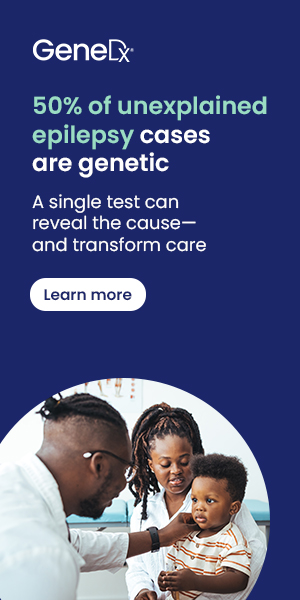Javier Oesterheld, MD, Division Chief of the Cancer and Blood Disorders Program at Levine Children’s Hospital and Founder and Executive Director of the ARISE Cancer Consortium, discusses outpatient administration of naxitamab in patients with neuroblastoma.
Neuroblastoma is a rare tumor that develops from neuroblasts in an infant or child, usually before the age of 5. It most often develops in infancy and may be diagnosed in the first month of life. The tumor most often develops in the adrenal gland, but may develop in the neck, chest, or spinal cord. In most cases, the tumor has metastasized by the time it is diagnosed. A neuroblastoma can cause a variety of signs and symptoms, including a lump where the tumor is growing, bone pain, diarrhea, and various neurological symptoms.
Naxitamab
Naxitamab is a disialoganglioside 2-binding antibody that was approved by the U.S. Food and Drug Administration (FDA) in 2020 for use in combination with granulocyte-macrophage colony-stimulating factor for the treatment of patients with relapsed/refractory high-risk neuroblastoma. Naxitamab has short infusion time and can be administered without overnight hospitalization.
Outpatient Administration
The pediatric oncology team at Atrium Health Levine Children’s Hospital has worked to provide a practical guide for safe and successful outpatient naxitamab administration.
To acheive this goal, a multidisciplinary team was assembled to manage infusions, consisting of a high acuity nursing team, a solid tumor provider team, pediatric oncology pharmacist, and nurse educators for pediatric hematology and oncology. Following each infusion, all members of the team and key stakeholders attended a debrief discussing the current patient, how the infusion went, what could be done to improve the experience for the patient, caregiver, and team, what adverse events were experienced and their management, sharing of new or updated standard operating procedures, and discussion of any group tasks.
A “Naxitamab Roles and Responsibilities” standard operating procedure was developed that outlines team duties for all aspects of patient care before, during, and after the infusion. A Sterile Compounding Record for naxitamab, acquisition of naxitamab via manufacturer-specified purchasing programs, and development of naxitamab premedication regimens and supportive care plans were also implemented. Additionally, an acute supportive-care plan was designed for use in the electronic medical record and a high acuity calendar was developed to safeguard staffing levels and provide a schedule for administration.
For more information, click here.
To learn more about neuroblastoma and other rare cancers, visit https://checkrare.com/diseases/cancers/

